
by
Posted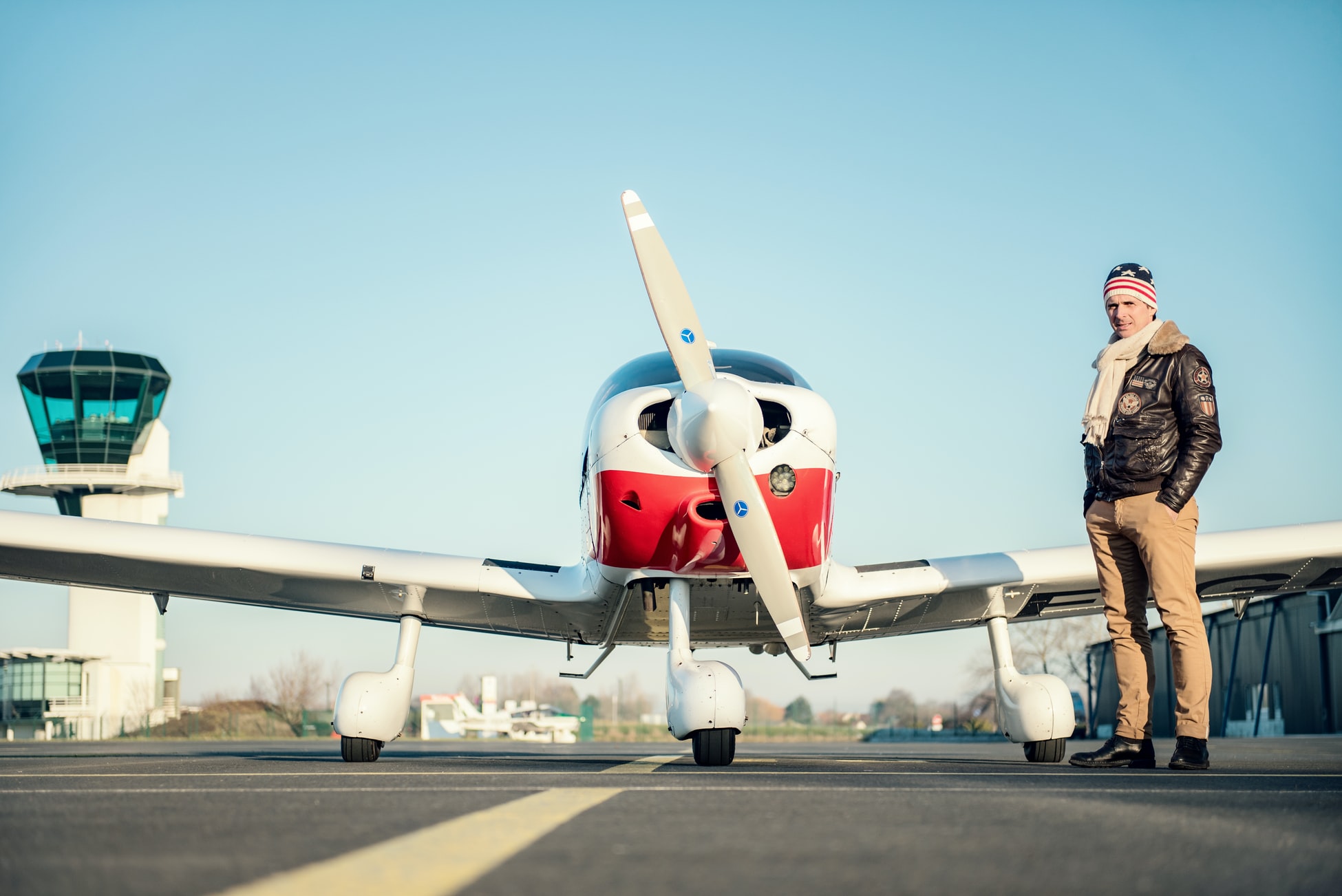
Design your own licence
I think I understand the motive behind the PP-R, which is a national permit, not internationally recognized, and not valid for flight outside Canada. I think the reasoning goes something like this…


I think I understand the motive behind the PP-R, which is a national permit, not internationally recognized, and not valid for flight outside Canada. I think the reasoning goes something like this…

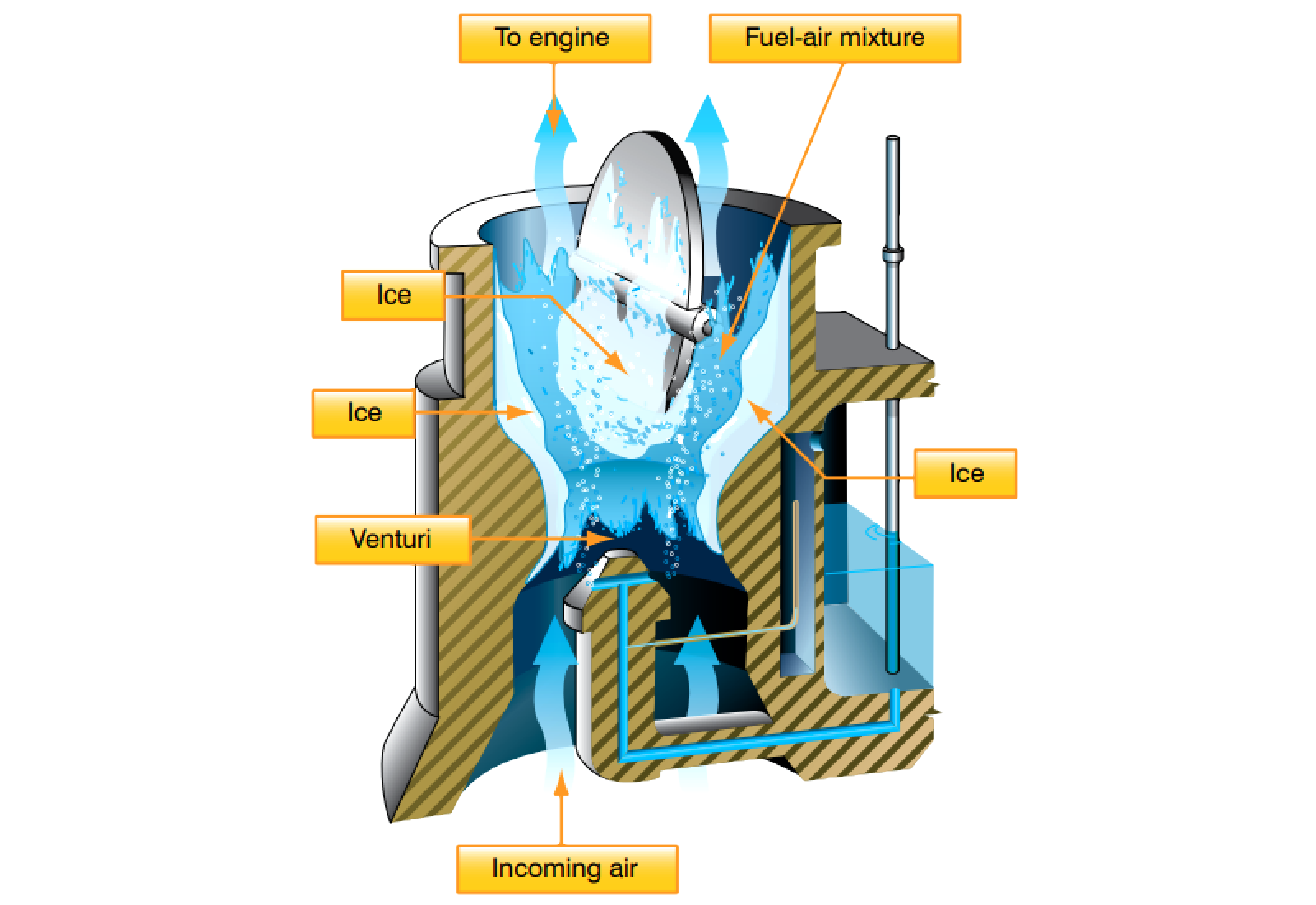
YESTERDAY I was out flying with a student doing some dual simulated instrument time – “hood time”. We were flying the localizer for runway 26 at CYTZ, remaining at 2000 feet altitude (because runway 08 was in use and there was another aircraft flying circuits). All in all we spent about an hour going backwards… Read more »


TWENTY YEARS and three lifetimes ago I was in a puzzle shop in Camden Lock Market, Camden Town, London where I bought a curious item.

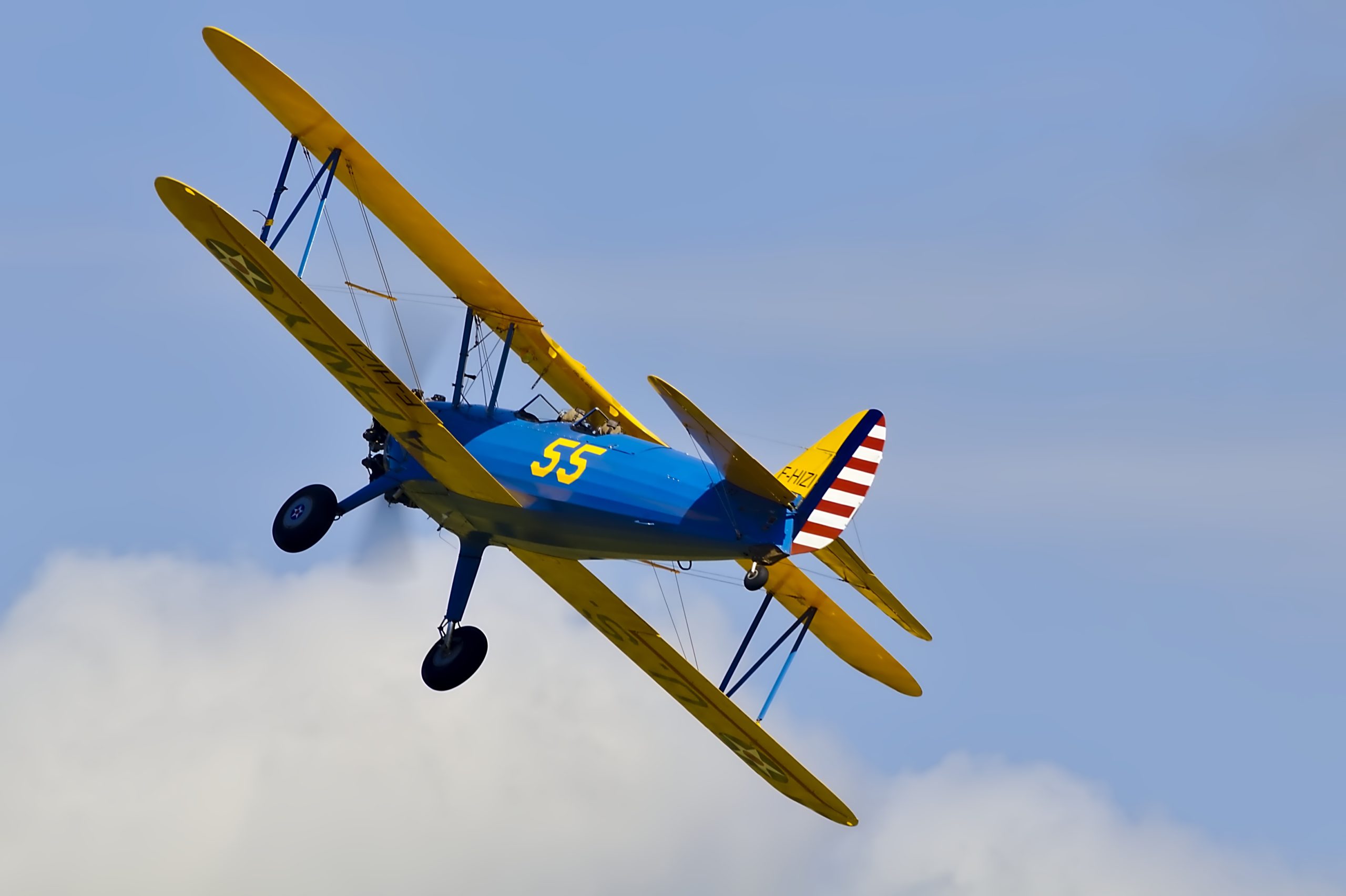
Why do people find steep turns difficult? I’m going to suggest it’s because they’re not thinking about them the right way.

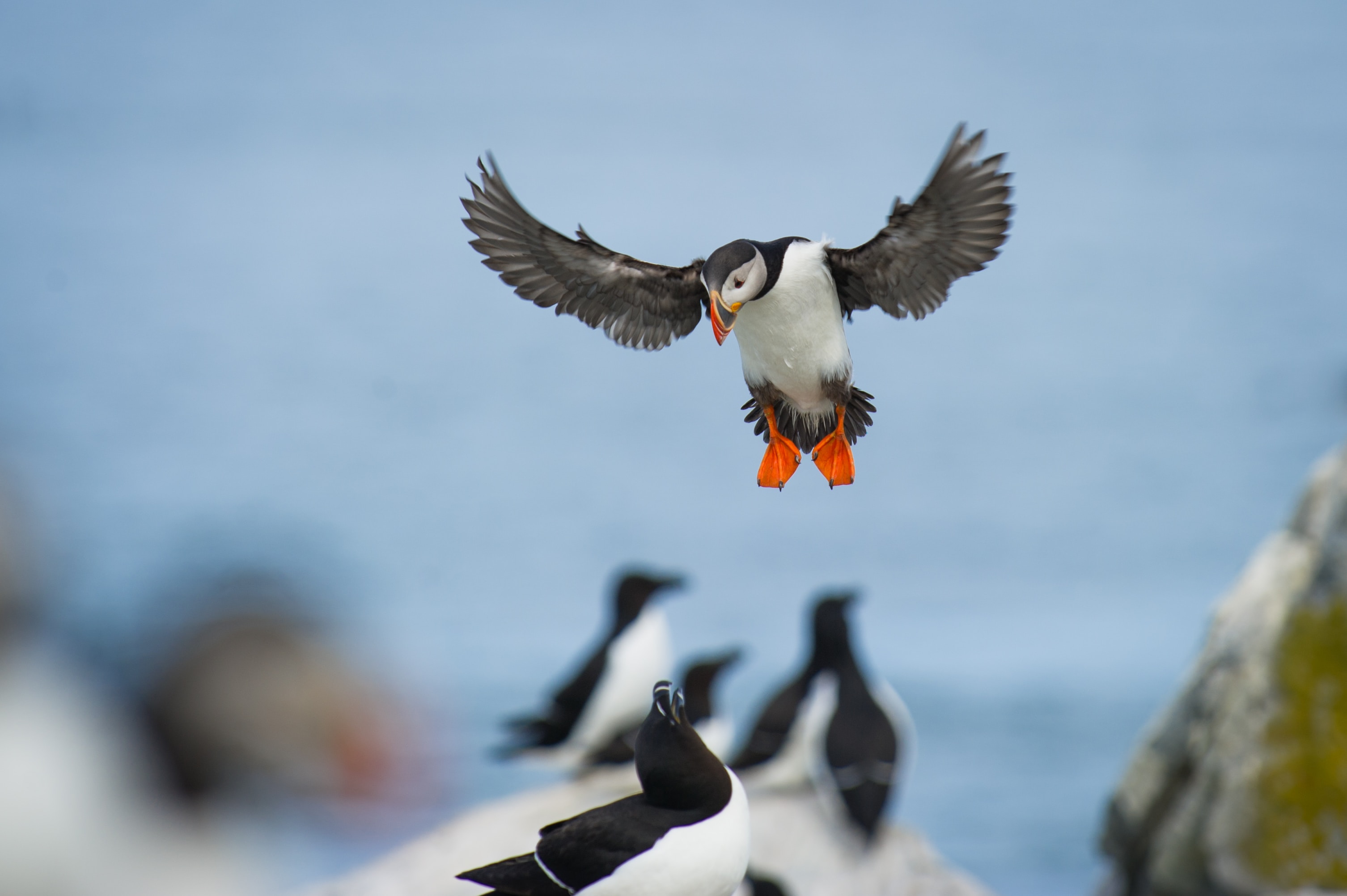
I must say, it’s tricky to teach people to land. Most manoeuvres that you have to learn in order to be a pilot can be practiced thousands of feet up in the air, where there’s no danger and no damage if things don’t work out, and where the instructor has plenty of time to fix things if and when they go wrong.


WITHOUT a doubt there are some fabulous fight instructors and schools in Canada. Unfortunately there are some pretty shabby ones, too.

Here’s a video extract from a recent lesson where we did some spins, and I introduced my student to the “falling leaf” exercise, which gives valuable experience in roll stability and control (and the lack of them) when the aircraft is stalled.

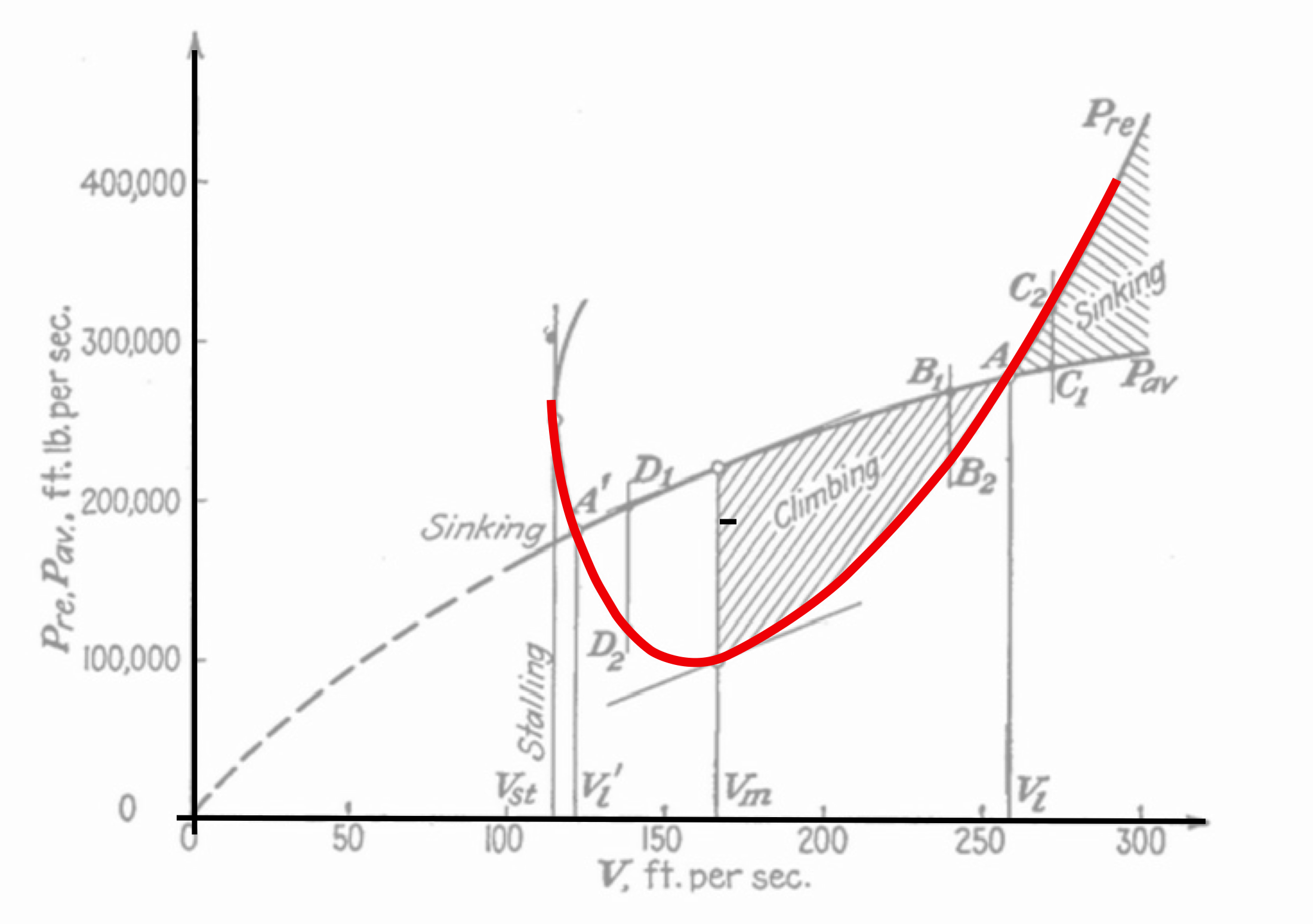
The scenario: our single-engined training aircraft airplane is set up in a stable descent on approach to land. The configuration is appropriate, perhaps with partial or full flaps extended. Airspeed is somewhere between 60 and 80 knots. What happens to the flight path of the airplane if the pilot pulls back on the yoke and raises the nose? Stop and think about the answer for a minute, then read on.

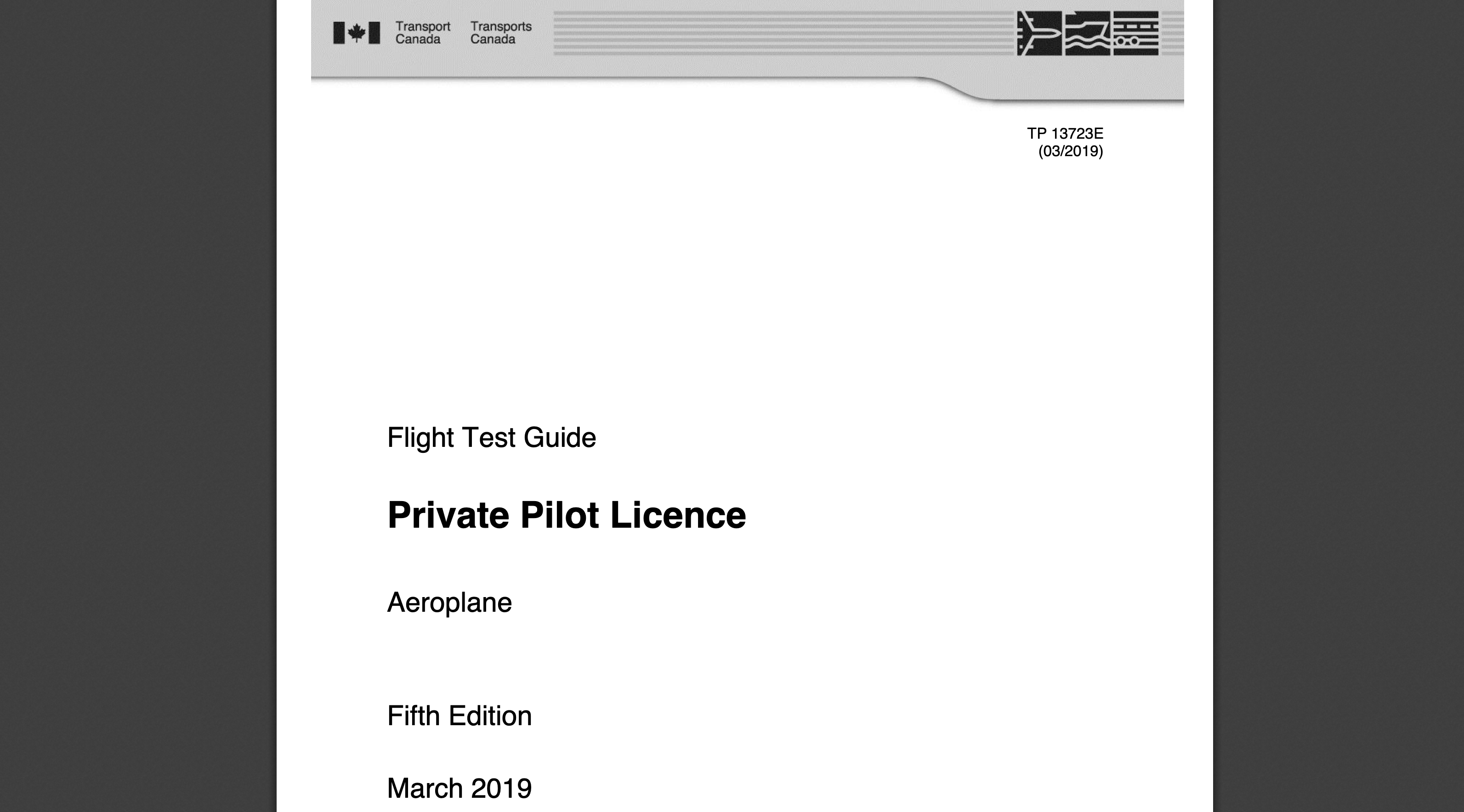
Transport Canada’s published flight test standards for PPLs changed earlier this year in a couple of interesting ways.

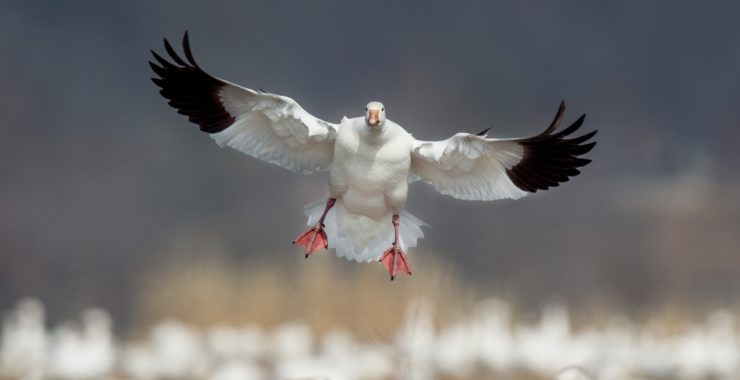
Scenario: You’re flying a series of touch-and-go’s for practice, and the Tower controller gets on the radio: “Unable touch-and-go due to wake turbulence, Dash 8 departed thirty seconds ago, what are your intentions?”
What does this mean, and how should you reply?